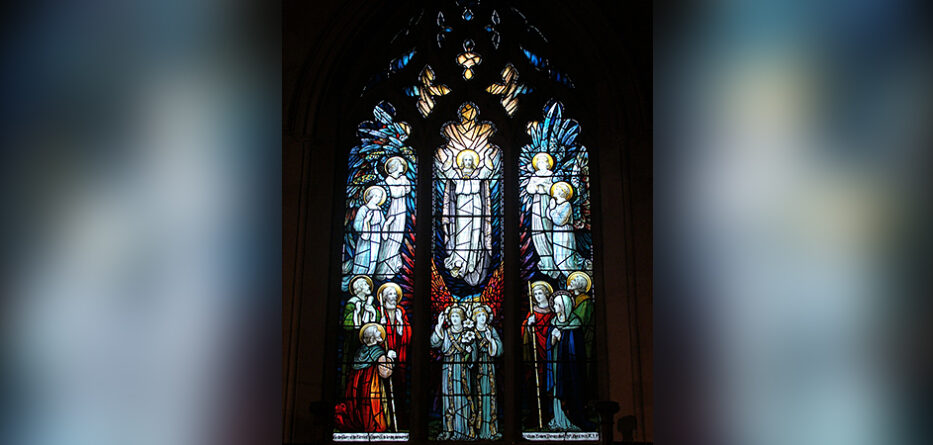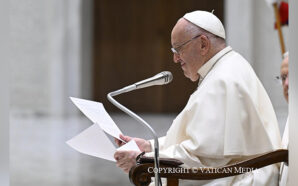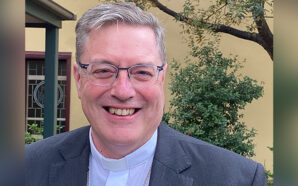From the First Letter of Saint John (1:1-2):
What was from the beginning, what we have heard, what we have seen with our eyes, what we looked upon and touched with our hands concerns the Word of life—for the life was made visible; we have seen it and testify to it.
Salvation comes from and through the body—not the body in itself, but the body as integral to the human being, as the body reveals the thoughts, feelings, passions, affections, joys, sorrows, directions—all that constitutes the movements of a person in the unending flow of life. It is the body as understood in the anthropology of the Scriptures: not a duality of body and soul, but one single entity melding the physical and the spiritual so that one cannot be imagined without the other. We are our bodies and our bodies are ourselves.
We learn from the Incarnation that the gift of the body is the perfect and fullest expression of love. The Son of God, taken with love for humanity, chooses to embody that love in the highest form by dwelling among us, as one of us, for us. From the beginning, his existence among us as a human is the gift of his love for us, which would show itself in his ministry of healing souls and bodies. Because of the melded unity of body and soul, Jesus cared for people in the entirety of their being. This is salvation as the restoration of wholeness. The word salvation has as its root the Latin word “salus,” which means health.
The fullest gift of Jesus’ body was on the cross, sacrificed for our salvation. But that gift did not end on the cross. His resurrection ensures that his body, revelatory of infinite divine love, revelatory of a human heart drawing from that divine love, continues throughout human history. The first community of his disciples quickly recognizes itself as an extension of Jesus’ body, enlivened and empowered by his Spirit. They continue his ministry of healing souls and bodies. They also fulfill his command from the Last Supper to remember what he did then, so they gather together to be restored, made whole and more deeply united by his bodily presence, a presence flowing from the gift of his body on the cross and made lasting by his resurrection.
The body of the Christian community was built by the body of Christ in the Eucharist and by the bodies of all the members of the community. This flowed from the Incarnation. But from the beginning, there were some Christians who could not accept that divine perfection would choose to dwell in the contingencies, limitations and imperfections of human nature.
To continue reading this article, click here.
Msgr. John Strynkowski, a retired priest of the Diocese of Brooklyn, served in the Congregation for Bishops for six and a half years and at the U.S.C.C.B. for five years
With thanks to America and Msgr John Strynkowski, where this article originally appeared.








